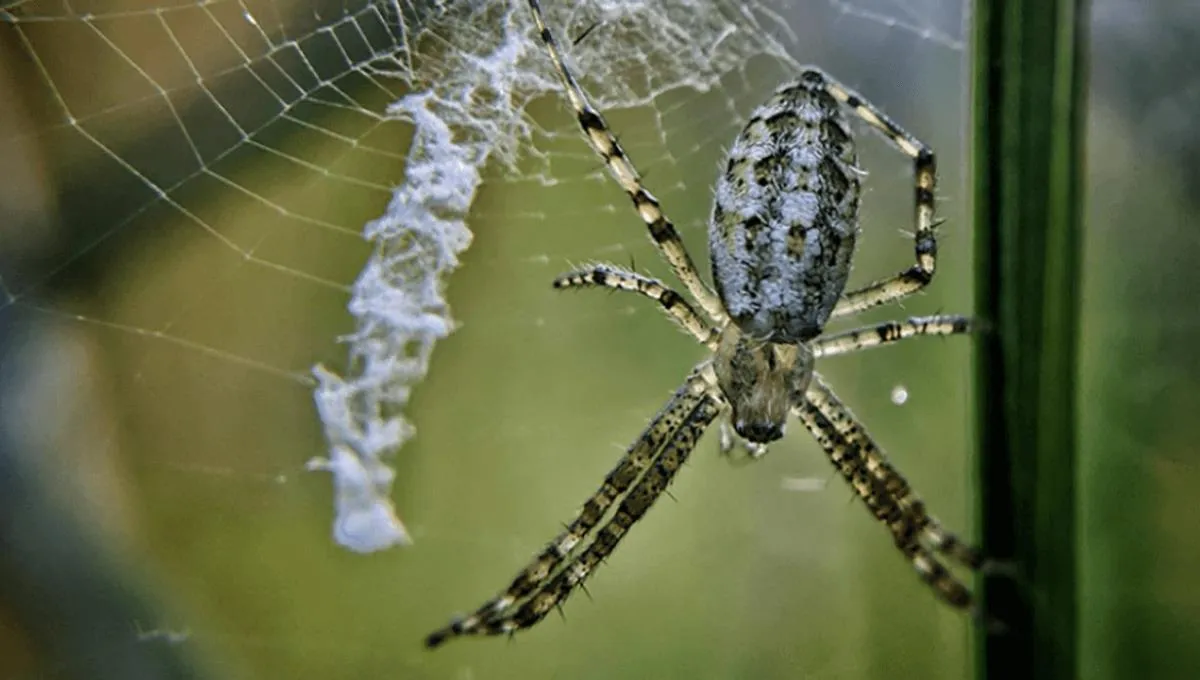
For some time, the purpose of certain spider web decorations remained a mystery. Recent research has shed light on how these intricate designs may serve a functional role in helping spiders detect vibrations from ensnared prey. This capability allows spiders to sense prey from a greater number of detection points across their webs, enhancing their hunting efficiency.
Spider webs come in various shapes and sizes, ranging from funnel webs to sheet webs, with the iconic orb web being a familiar sight, especially around Halloween. A common feature found in orb webs is the stabilimentum: threads of silk that bridge the gaps between the web's “spokes.” These decorations not only embellish the web but may also contribute to its functionality.
Historically, scientists have proposed several theories regarding the purpose of stabilimenta. Suggestions have included their roles in temperature regulation, water collection, or even as a defensive mechanism to deter predators while still attracting insects. However, a new study aimed to investigate a different hypothesis: that stabilimenta could modify how vibrations propagate across the web when prey lands in a spider’s trap.
The researchers focused on the webs of wasp spiders (Argiope bruennichi) to analyze how these spiders constructed their stabilimenta. They conducted numerical simulations to examine how the geometries of these silken decorations could influence vibration transmission within the web, as well as the detection points for spiders. The findings revealed that the impact of stabilimenta on vibration propagation depended significantly on their shape and arrangement.
The study discovered that stabilimenta positioned perpendicular to the web surface or central threads caused minor delays in vibration detection. In contrast, stabilimenta that aligned with the web’s direction allowed spiders to detect vibrations from a larger area of the web. “This study reveals that the decorative stabilimentum in Argiope bruennichi webs is more than just ornament; it subtly alters how specific vibrations travel through the web,” stated the authors.
By integrating field observations with simulations, the researchers discussed the mechanical role of stabilimenta and how their design could inspire the creation of bio-inspired materials with tunable elastic properties. The findings suggest that these decorations might function similarly to adding extra doorbells, enhancing the spider's ability to sense prey effectively.
Despite the insights gained, much remains unknown about the full functionality of stabilimenta. Study author Gabriele Greco from the University of Agricultural Sciences Uppsala emphasized, “The take-home message is that the stabilimentum does influence vibration propagation in orb webs, but its effect is much more complex than one might expect, warranting further investigation.”
Greco expressed a desire to focus future research on understanding stabilimenta better, highlighting their potential to broaden a web’s sensitivity to specific types of vibrations, particularly those tangential to the spiral. As we continue to explore the fascinating world of spider webs, the intricate designs of stabilimenta offer promising avenues for both scientific inquiry and innovative applications in material science.